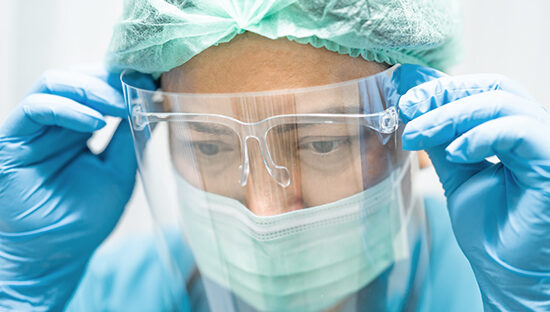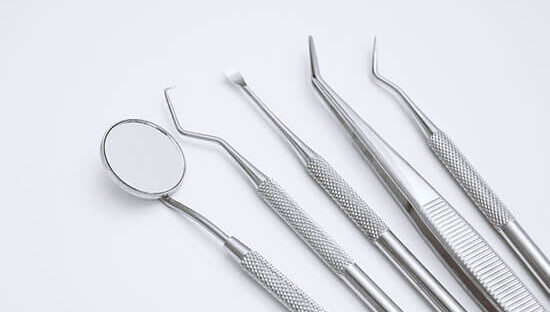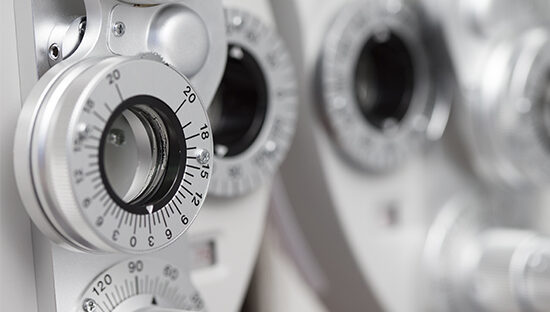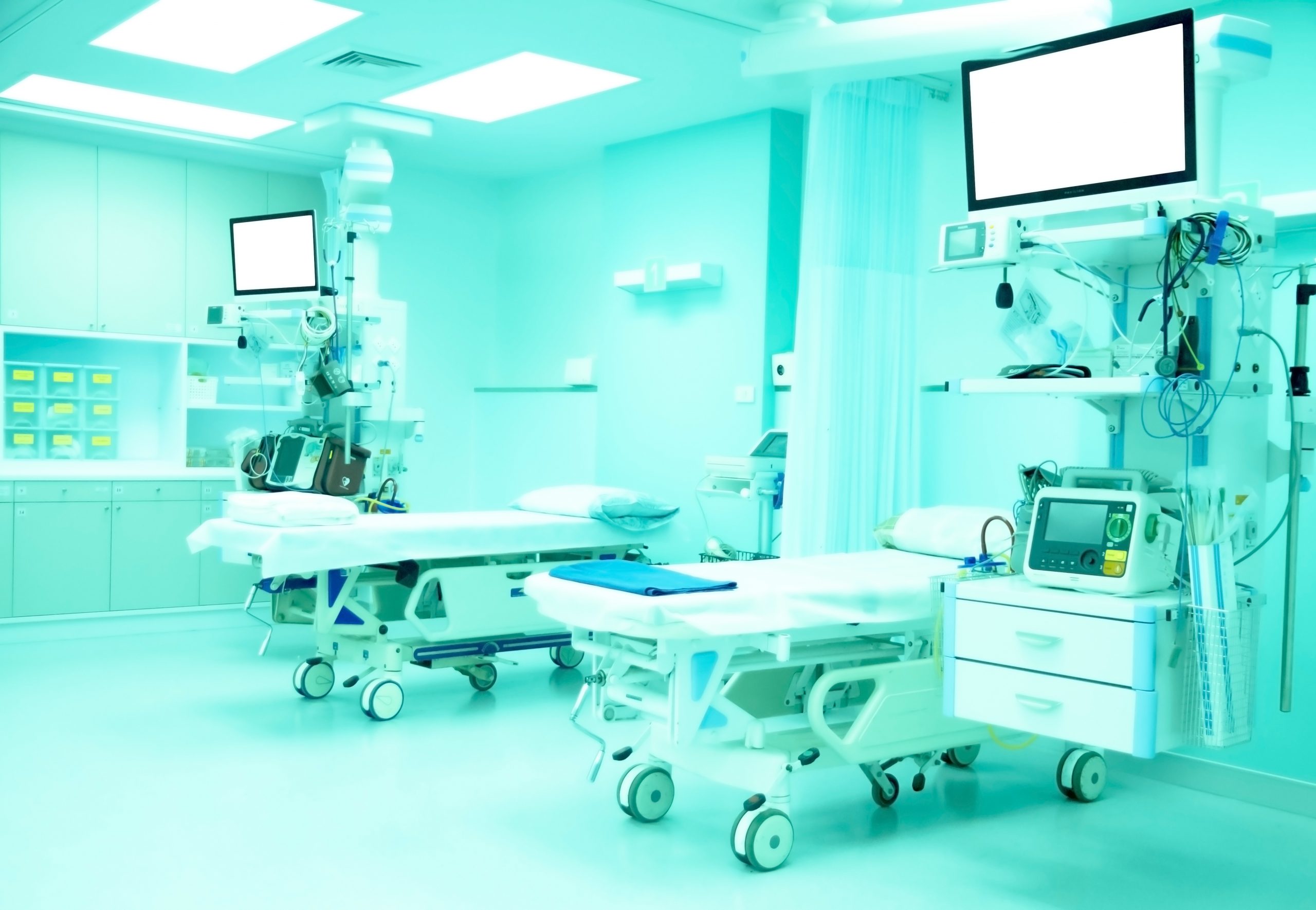
Medical Device Material Performance
To prevent the spread of healthcare-associated infections (HAIs), it is vital that surfaces and devices used in healthcare settings undergo disinfection/sterilisation. However, a growing problem is failure and damage to medical devices due to incorrect cleaning such as oversaturation, lack of rinsing, use of incompatible disinfectants, and lack of compliance from cleaning personnel. Aside from inadequate and/or unclear cleaning instructions where the use of incompatible sterilant/disinfectants are used, medical devices can also become damaged through normal use if insufficient performance and compatibility testing has been done to demonstrate the materials chosen to manufacture the device are adequate for the device application.
A search of medical device recalls by the Food and Drug Administration (FDA) indicates these problems are prevalent and thus the importance of compatibility testing revealed. For example, the problem of polymer components in a haemodialysis instrument becoming cracked from mechanical and thermal stress led to the device being recalled in 2006. Environmental stress cracking is a common cause of failure of thermoplastic polymer materials, and exposure of such polymers to liquid chemicals can accelerate this cracking process. More recently, in 2023, a type of ventilator was recalled due to potential adhesion failure with the silicone foam used in the device. This type of failure suggests insufficient performance testing was done on whether the different materials and components of the device are compatible with each other.

FDA Medical Device Material Compatibility requirements
As part of the FDA’s safety evaluation process for medical devices, thorough review and assessment of the materials used in the device’s manufacturing are conducted, including rigorous medical device testing. Although biocompatibility is a big part of the 510(k) submission by the device manufacturers to the FDA, this is more focused on the safety of the materials when used in contact with the human body (for more information on biocompatibility, see Test Labs blog post “Medical Device Biocompatibility Testing: Everything You Need to Know”). Material compatibility considers the damage to the material surface that could potentially arise over time after repeated reprocessing or by cleaning practices prescribed by the manufacturer as part of their instructions for use (IFU). This type of compatibility testing is essential in ensuring the materials selected and used by manufacturers are appropriate for the intended use of the device and making sure the most suitable methods of cleaning and disinfection/sterilisation, pertaining to that material, are chosen to prevent potential failures.
FDA Medical Device Material Compatibility Regulations and Guidance
The FDA labelling regulations (CFR Title 21 part 801, AAMI TIR 12 and ISO 17664) require manufacturers of medical devices to state adequate directions for use, operating and servicing instructions, and either adequate warnings against dangerous uses to health, or information necessary for the protection of users. Aspects of the device label, in relation to reprocessing instructions, where material compatibility should be considered by the manufacturer include:
- The cleaning method, which should only recommend cleaning and/or disinfectant agents that have been demonstrated to be compatible with the medical device materials.
- The rinsing method, which should not leave harmful chemical residues that could adversely affect the materials or device performance, e.g. saline rinses are not recommended by the FDA as it could lead to corrosion and build-up of inorganic residues.
- Lubricating agents, if applicable to the medical device, should have been demonstrated to be compatible with the device.
- Instructions for visual inspection after cleaning should identify acceptance criteria related to the device performance, e.g. presence/absence of corrosion, discolouration, etc. and what to do if visual inspection fails.
- If the device is to be sterilised, it should be included what materials are incompatible with the sterilisation load, e.g. cellulose incompatible with hydrogen peroxide sterilisation.
- Wrapped/contained devices should include a recommended minimum drying time since any moisture remaining after sterilisation could weaken the sterile barrier of the packaging materials and the seals used.
For more information on FDA medical device reprocessing guidelines, see Test Labs blog post “FDA Validation Requirements for Reusable Medical Devices: 21 CFR 801.5”.
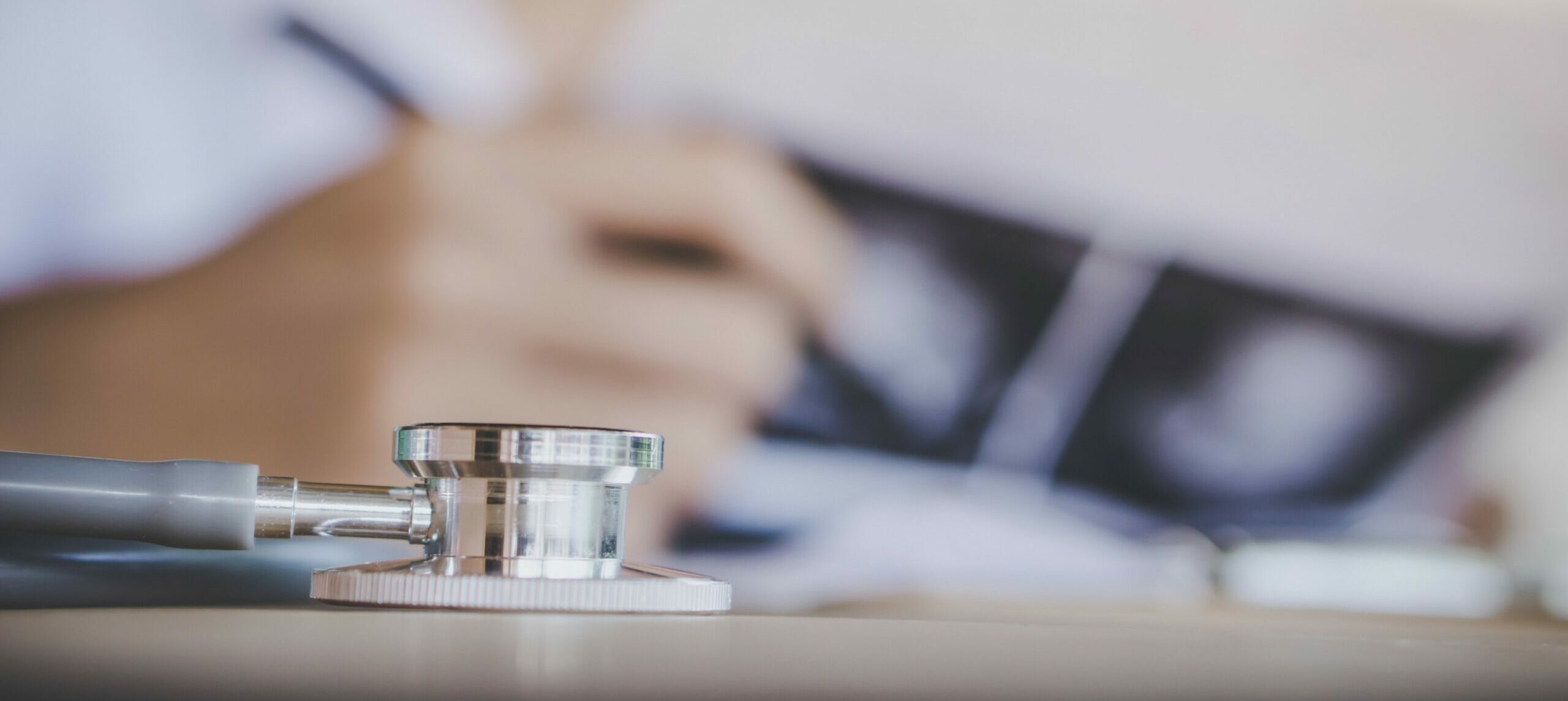
FDA Sterilisation guidance
When choosing materials, medical device manufacturers need to consider what works best for the design and manufacture process, as well as the effect of sterilisation on the material, how the material will impact the application/function of the device, and how the sterilisation affects packaging and accelerated aging of the material. The standard AAMI TIR17:2017/(R)2020 – Compatibility of Materials Subject to Sterilisation, is recognised by the FDA and provides guidance on 4 main areas:
- Choosing materials compatible with sterilisation
- Avoiding processing errors by optimising functionality of selected materials
- Assessing functionality and safety of the product after sterilisation and aging
- Applying accelerated aging programs to reduce cost and time for material qualification (see FDA recognised ASTM standard F1980-21 – Accelerated Aging of Sterile Barrier Systems and Medical Devices for guidance on developing accelerated aging protocols).
FDA Chemical Disinfection Guidance
Cleaning methods of medical devices that involve the use of chemical disinfectants require the manufacturer to consider how the active ingredients of the formulation affect the material of the medical device. One of the properties of an ideal disinfectant listed in the CDC Guideline for Disinfection and Sterilization in Healthcare Facilities is surface compatibility, stating that the disinfectant “should not corrode instruments and metallic surfaces and should not cause the deterioration of cloth, rubber, plastics, and other materials”. FDA-cleared liquid chemical sterilant and high-level disinfectants (defined as “a sterilant used for a shorter contact time to achieve a 6-log10 kill of an appropriate Mycobacterium species”), that can be used to reprocess reusable medical devices, are recognised as safe to use in accordance with the label directions stated by the device manufacturer. The FDA-recognised standard ANSI/AAMI ST58:2013/(R)2018 – Chemical Sterilization and High-level Disinfection in Health Care Facilities provides recommendations on chemical material compatibility of all approved high-level disinfectants, liquid chemical sterilants, and gaseous chemical sterilants used for medical device sterilisation.
How can Test Labs help?
The importance of performing material compatibility testing is clear in how it ensures safe use of the device in real world, especially in relation to healthcare where failures and damage to medical devices could potentially lead to fatal consequences. With an extensive list of material compatibility tests developed in house, Test Labs can support medical device manufacturers in validating their IFU and confirming compatibility claims. An example of a Test Labs conducted material compatibility case study can be found here.


